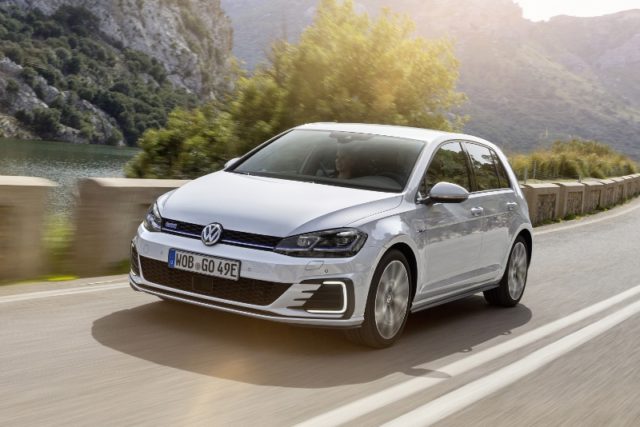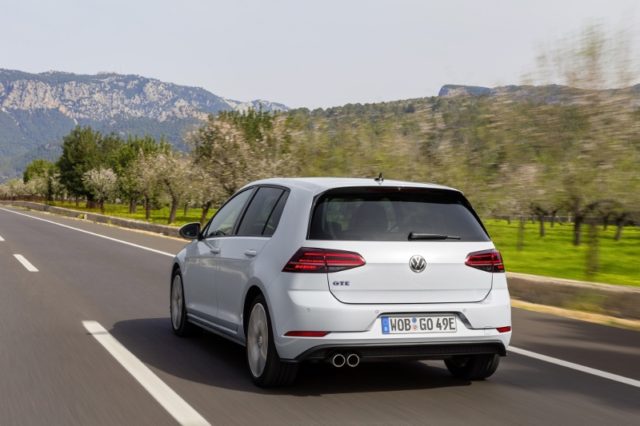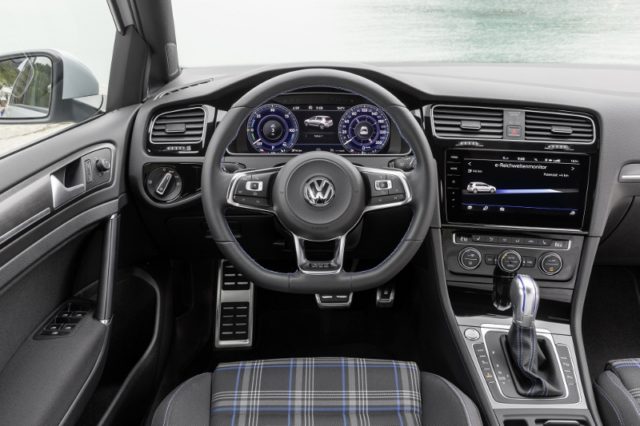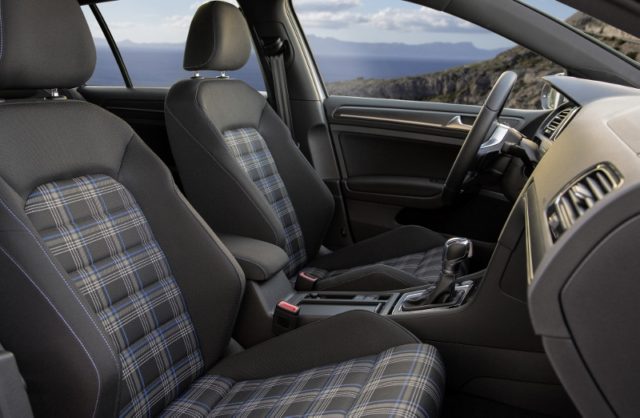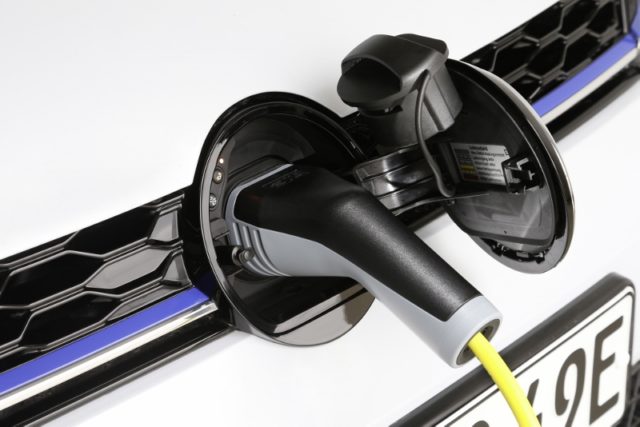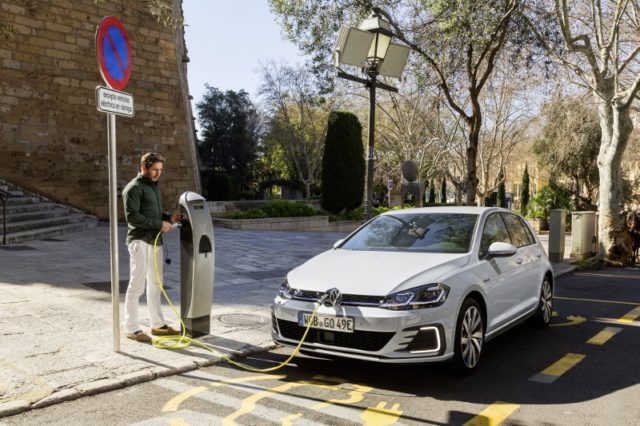Road Test: Volkswagen Golf GTE
The plug-in performance Golf could be about to find its spot in the limelight, reckons Alex Grant.
- Volkswagen Golf GTE
- Volkswagen Golf GTE
- Volkswagen Golf GTE
- Volkswagen Golf GTE
- Volkswagen Golf GTE
- Volkswagen Golf GTE
SECTOR Lower Medium PRICE €37,000 FUEL 1.6-1.8l/100km CO2 36-40g/km
In the 40 years since the GTI launched, Volkswagen’s widening family of performance Golfs have regularly pioneered ideas that have found their way into the spearhead model. The GTD was turbocharged more than a decade before the GTI, and the GTE’s plug-in hybrid technology feels like a hint of where CO2 limits will take future GTIs.
Especially as it might be about to find its niche; the GTD has found widespread popularity across Europe, especially in fleet. That’s not expected to disappear, but a CO2 hike for the GTD, and changing attitudes towards diesel in general, mean Volkswagen expects more buyers to take note of the GTE this time around.
Little has changed with the recent refresh. The GTE uses the Group’s ubiquitous 150hp 1.4-litre petrol turbo engine, paired with a 100hp electric motor and six-speed DSG transmission. There’s no battery capacity increase between generations, unlike the e-Golf, so the range is still 50km, contributing to 36g/km CO2 emissions for those who can resist upsizing the alloy wheels.
There are plenty of similar-sounding high-performance plug-in hybrids on offer, and the real-world use case often doesn’t stack up, but the Golf works well as an eco car. The best way to use it is to charge it regularly and drive mostly on battery power, which is available at up to 130km/h, but it can also average around 6.0l/100km at motorway speeds even when you set off with no EV range left, regularly switching the engine off under low loads to save fuel. It works better here than it does in the heavier Passat GTE, which tends to rely on petrol power more frequently.
However, even with its sports styling and GTI-esque tartan interior (accented in blue rather than red) it falls just short of being a genuine hot hatch. Assisted by the torque of the electric motor, it’s quicker to 80km/h than the GTI, and reaches 100km/h faster than the GTD, but doesn’t feel as focused, or as muscular, as either, even with GTE mode delivering the full 204hp.
The ownership experience is otherwise fairly typical of a Golf, though not compromise free. Packaging the battery deprives the GTE of around a quarter of its boot volume, and the electric range doesn’t fill in for the 10-litre reduction in fuel tank capacity, to 40 litres. Given that the latest GTD consumes 4.6l/100km – a realistic claim, on past experience – and isn’t reliant on frequent, two-hour charging sessions, the GTE also isn’t a straight substitute for a diesel engine yet.
It’s also worth carefully considering specifications. Volkswagen’s navigation system not only includes charging points, but can interact with the drivetrain, which means the car can pre-plan how it uses and replenishes the battery charge based on the topography and urban and rural sections of the route ahead. Useful equipment, but it’s not standard-fit. It’s a minor oversight for a car which otherwise suggests the electrified hot hatch has a very promising future.What we think
The GTE doesn’t feel like a fully-fledged hot hatch, but it’s pretty close. And, until recently, neither did the GTD. But as a hint of where the GTI is heading, the future is looking very positive.
For more of the latest industry news click here.

